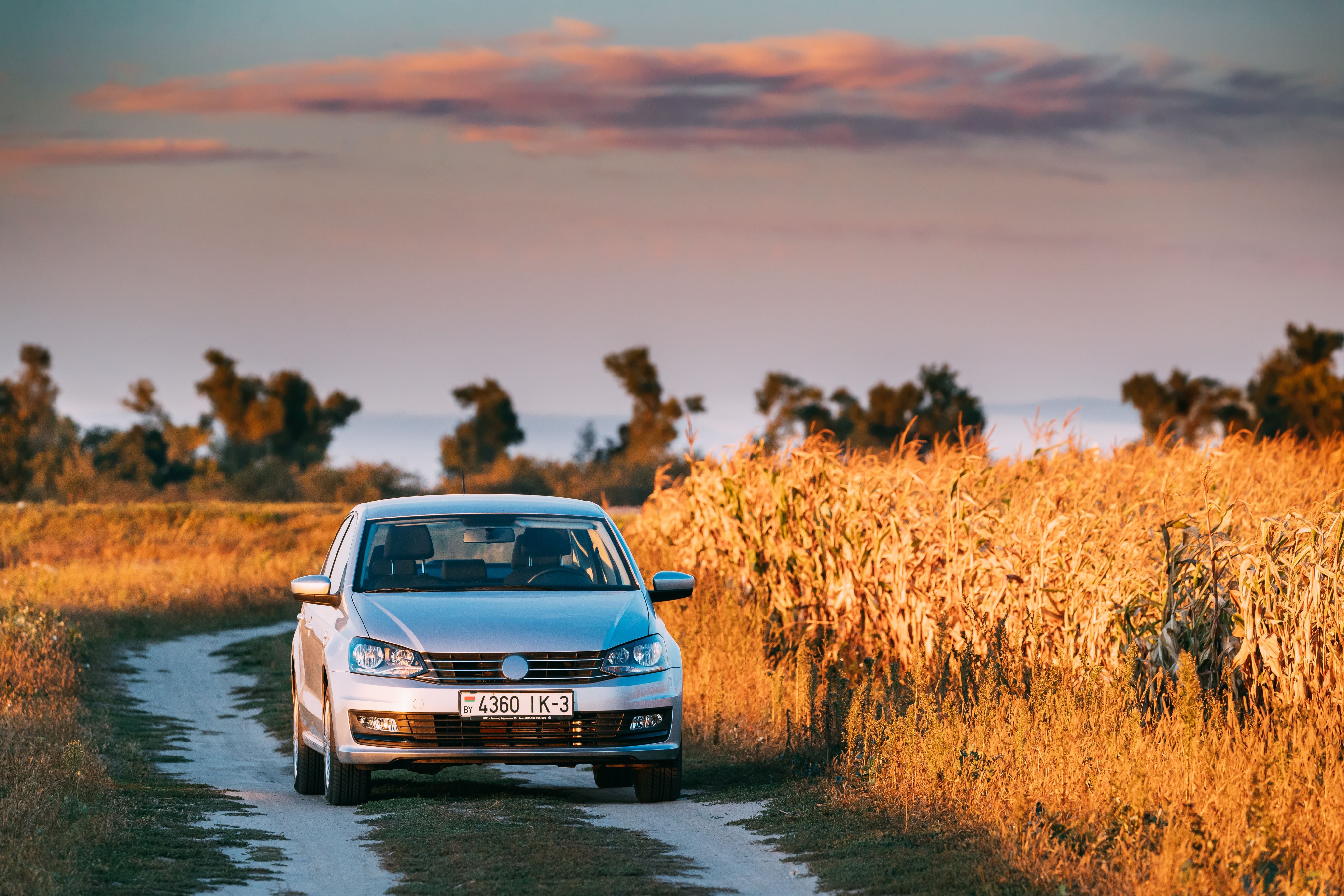Secure Your Car With The Super Car Insurance Plan!
Believe it or Not! Save upto* 75% on TATA AIG Car Insurance
Secure Your Car With The Super Car Insurance Plan!
Believe it or Not! Save upto* 75% on TATA AIG Car Insurance
Fine for Signal Jumping
- Author :
- TATA AIG Team
- ●
- Last Updated On :
- 12/09/2022
Over the past two years, speeding offences grew by 17 times, whereas signal jump increased by a whopping 100% in Maharashtra alone. It is believed (with evidentiary proof backing the claim) that a car getting hit by another car that is speeding at 65 km per hour poses an 85% chance of fatality.
To combat the issue, the government has been tightening and strengthening the laws concerning road safety and updating the traffic rules. A part of this endeavour is the traffic signal fine. Essentially, when riders and drivers jump a signal, they get a red light jump challan which is a fine for breaking the signal.
What is the Signal Violation Fine?
To maintain safety on the roads, the government amended several clauses of the Motor Vehicle Act. These newly implemented laws meant that when motorists are caught violating the traffic norms, they will have to cough up heftier fines than they formerly did. An example of this revision is the signal crossing fine.
The red light jump fine is the penalty for breaking the signal. Formerly, the signal jump fine was between ₹100 to ₹300. However, with the recent amendment to the Motor Vehicles Act, if an individual breaks the traffic signal, they will attract a red light jump challan of ₹1000. This fine for breaking signals is the same for every vehicle. This means, regardless of the kind of vehicle you own, if you jump a traffic signal, you will be penalised with a signal jump fine of ₹1000.
FAQs and Process for Clearing the Signal Violation Fine
Drivers bickering with the traffic police over something or the other is a common sight on Indian streets. To avoid this unpleasant encounter, it is important to know your rights and be well acquainted with the traffic rules before you start driving.
Here are the common questions afflicting novice drivers:
What happens when you jump the signal?
If you jump the traffic signal, you will be stopped and asked to pull over by the traffic police. The officer will ask you for important vehicle documents such as the RC book and your licence. As per the mandated traffic rules, every rider and driver is expected to have original copies of all the necessary vehicle documents and a driving licence at all times. If the documents are not produced, the officer has the right to fine or even arrest you.
If you provide the relevant documents, the traffic police officer will issue a signal crossing fine under your vehicle, either offline or online.
How to clear the traffic signal fine?
The process to clear the red light jump fine depends on whether you have been issued an online or an offline challan.
For offline clearance: To clear the fine for signal jump offline, you will be asked to visit the nearest police station. An officer at the station will verify the fine that you are liable to pay. Once you clear the payment, you will be free from liabilities.
For online clearance: If you have received an online challan, you will have to log onto your state’s transport department website. The website will have a section dedicated to traffic violations wherein you will be asked to enter either your vehicle number or your challan number. You can then see the amount that you are penalised with and clear the payment digitally.
Which documents do you need to keep in your car?
If you wish to avoid incurring heavy fines, it is imperative that you store the original copies of the following documents in your car at all times:
- The Vehicle Registration Certificate: The RC is proof that your car has been registered at the regional transport office. For new vehicles, the application of the RC has to be completed within 7 days of purchase.
- PUC Certificate: The pollution control certificate is a document verifying whether your vehicle meets the emission requirements mentioned for vehicles used on Indian roads.
- Driving Licence: As per the Motor Vehicle Act, every driver must have a driving licence on their person while driving at all times. Drivers are initially issued a learner’s licence, and after a month, they have to appear for a driving test to get a permanent driving licence.
- Car Insurance Policy: A four-wheeler insurance that covers third-party damages is a mandatory document for every driver.
Additionally, your car insurance must also cover personal accidental damage of at least ₹15 lakhs. However, for comprehensive safety, it is always recommended to invest in a comprehensive car insurance policy.
It is important to carry original copies of all the aforementioned documents and to verify once every few months whether they are valid to avoid being fined while on the road.
The Importance of Following Traffic Laws
While it may seem obvious that traffic rules are mandated for safety, countless drivers see it simply as a hindrance. In the routine rush, many feel as though they are compelled to jump the signal if they wish to make it in time. However, when you drive irresponsibly, not only do you put your own life at risk, but you also threaten the life of fellow commuters.
By following even simple traffic rules such as not driving under the influence of alcohol, not jumping the signal, not going over the speed limit, etc., one can significantly minimise mishaps on the road. As for unforeseen scenarios, you can rely on a four-wheeler insurance policy.
In Conclusion
Although enhanced traffic rule enforcements and lowered speed limits are important ways to curb accidents, these do not account for unpredictable circumstances. The appalling statistics of road accidents in India tell a different story about accidents. This highlights the need for comprehensive car insurance to protect you from the financial burden in the event of an accident.
The car insurance policy by Tata AIG is a comprehensive cover that secures the insurance holder not only against any third-party liability but also against any financial damage to their own cars. The four-wheeler insurance includes costs incurred to the vehicle due to accidents, theft, fire, and natural disasters. Moreover, with hassle-free car insurance claim features such as cashless repairs and no claim bonus, insurance holders can commute stress-free.
Disclaimer / TnC
Your policy is subjected to terms and conditions & inclusions and exclusions mentioned in your policy wording. Please go through the documents carefully.


